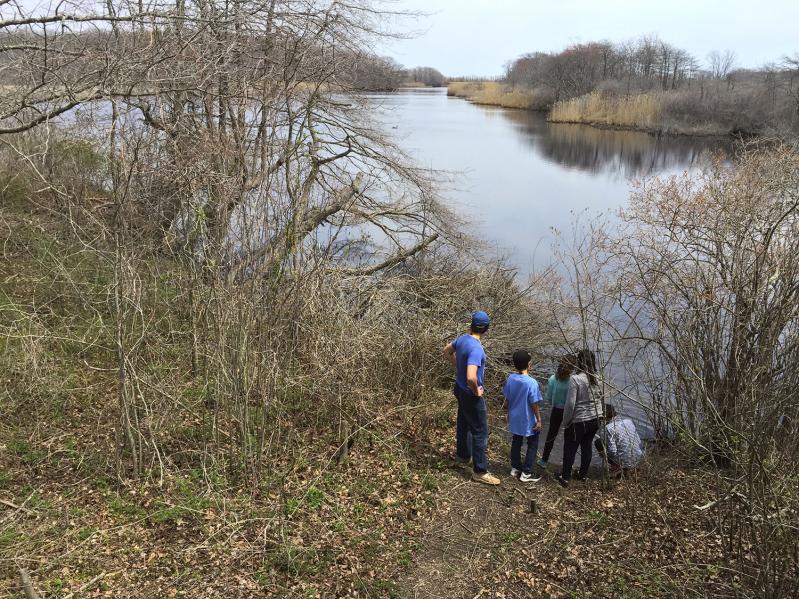A bill that would help preserve Plum Island has been passed by the House Natural Resources Committee, paving the way for a congressional vote. If the bill passes the House, it will then go to the Senate. It has been pushed hard by Representative Nick LaLota, who visited the island in December of 2023. Called the Plum Island National Monument Act, it has not yet received a calendar date for a vote.
“The intention is to have the public, in time, be able to access it,” Representative LaLota said in a phone call on Monday. “It’s a beautiful, almost thousand-acre nature preserve. Much of the island has been untouched for generations.”
He was quick, however, to set the proper expectations. The legislation would only require the secretary of the Interior (President-elect Donald Trump has nominated Doug Burgum for this role) to conduct a study of Plum Island, to assess whether it would be an appropriate addition to the National Park system or the National Wildlife Refuge system.
“Passing the study is a nice step,” he said, “but not the final legislation that we need to make it into a National Monument. The study will allow everyone to understand the dollars that are necessary. Some estimate hundreds of millions, some estimate billions.”
While huge swaths of the island are untouched, similar to Camp Hero in Montauk, there are very real remnants of World War II-era use, and, of course, the still-active Plum Island Animal Disease Center.
“Congressman LaLota’s bill would be most welcome in that there would be some oversight on the island,” Southold Town Supervisor Al Krupski said by phone. “You have an island with lots of infrastructure, lots of security issues, and lots of cultural resources that have to be managed and protected.”
Plum Island, part of Southold Town, has long been on the wish list for Suffolk County. The 792-acre island is a mile off Orient Point and glimpsed by the public only from the Cross Sound Ferry. Back in the late 1940s, after the General Services Administration deemed the site a surplus war asset, the Suffolk Board of Supervisors made it clear to the federal government that they had an “urgent desire” to acquire the parcel.
That didn’t happen. In 1954, the Plum Island Animal Disease Center, managed by the U.S. Department of Agriculture, opened. After 9/11, it was handed over to the Department of Homeland Security. According to a release from Representative LaLota’s office, both of those departments are still deconstructing the disease center. The research it conducts will now be done at a facility in Kansas.
“Back in 2008, Congress voted to sell it,” Mr. Krupski recalled. “As a lifelong resident of a place, you grow up with something and assume it will always be the same way. We had friends and neighbors who worked there; it felt like it was part of the town. The plan to sell it was kind of a culture shock. I was on the town board at the time. We resolved, upon sale, that it would only be two zones. A 125-acre zone around the lab, and the rest would remain a conservation zone. If the feds had sold it, that would be the limit of the use. We appreciate the congressman’s efforts. They dovetail with our local efforts to make sure this great resource remains for the next generation.”
Representative LaLota also thanked his co-chairman on the Long Island Sound Caucus, Joe Courtney, a Connecticut Democrat, for helping get the bill passed.
Asked about a much more accessible and nearby federal property, the Elizabeth Morton National Wildlife Refuge in Noyac, now overrun with many invasive species, including mile-a-minute weed and wineberry, he said the federal government has two tools to help: creating legislation and controlling budgets.
“Recently we passed an amendment to help understand the pine beetle infestation in the Pine Barrens,” he said. “If such is required for invasive species in the wildlife refuge, we’ll consider doing that as well, so we can protect the local environment.”




